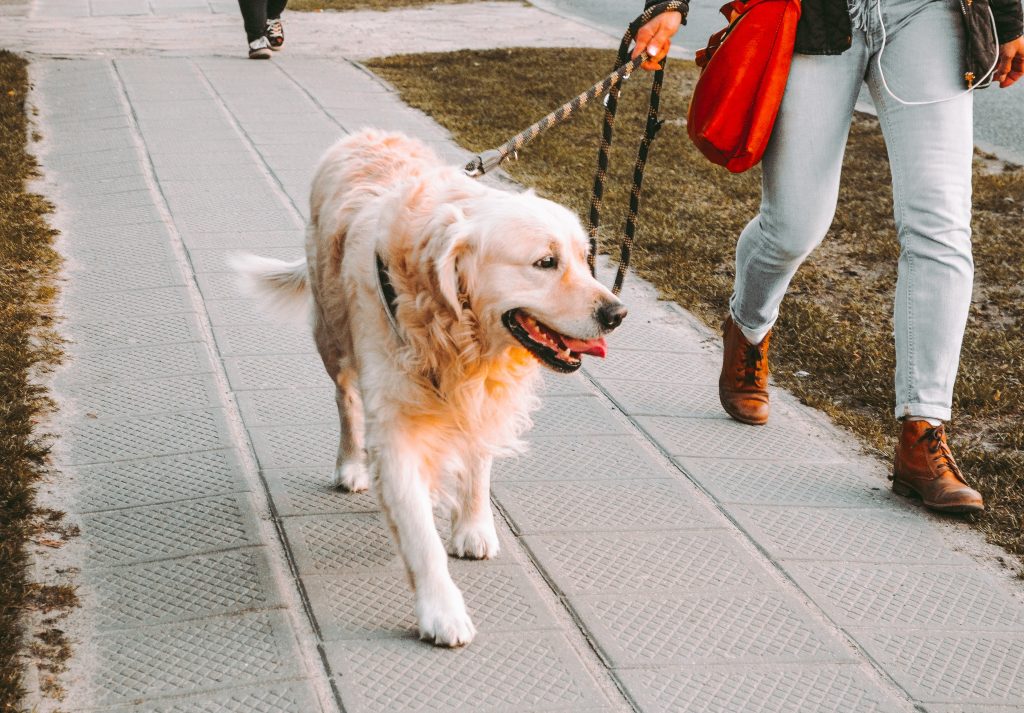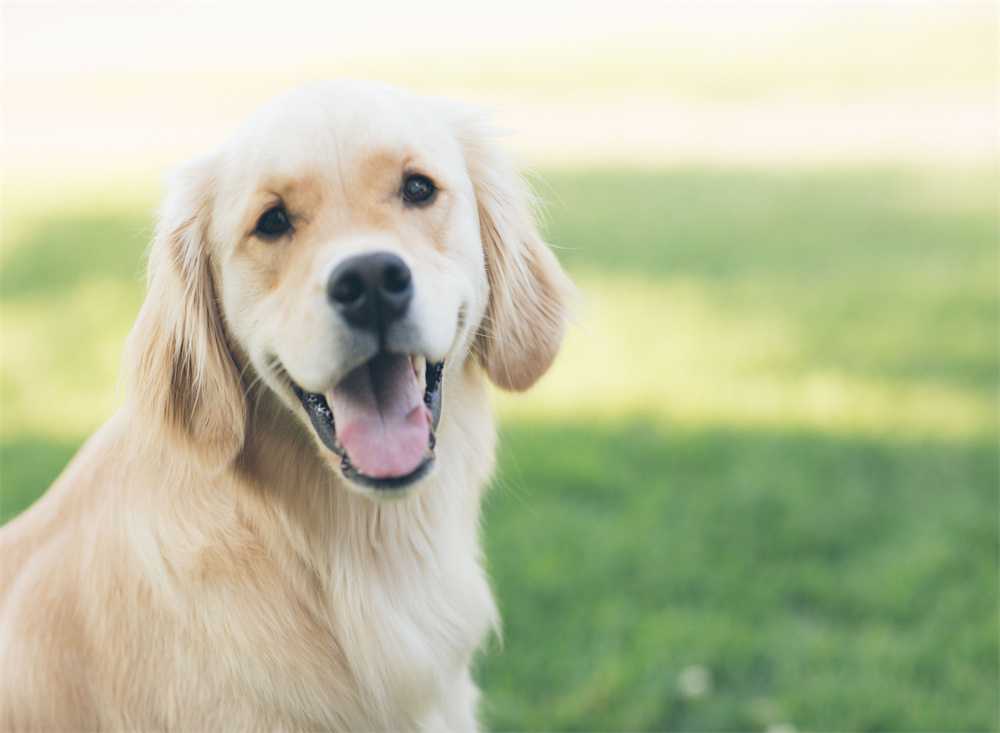Taking your dog on walks is a great way for both of you to get daily exercise. Not only does your dog get a potty break and exercise, but they also get mental stimulation and awareness for the neighborhood. However, if your dog is difficult to walk, it may make your daily strolls impossible. Luckily, there are methods you can use to train your dog and ensure a positive experience for everyone.

You should take your dog on a walk at least once a day. The breed and age of your dog will determine if your dog needs more exercise. It’s best to try for five walks a week of at least 30 minutes or more. Regular walks are important to your dog’s overall health.
Your dog may need to go out to the potty 3 or more times a day. Don’t rush their potty breaks: deciding where to go is a big part of how your dog communicates with the world. Sniffing around also alleviates anxiety and helps them explore their surroundings. Letting them take the lead, safely, is important during these outings.
The Best Leash for You and Your Dog
When going on walks, you want to have control over your dog. A sturdy leash that’s 4-6 feet long will be helpful during your walk. You can choose any leash that feels comfortable to you. Leather or nylon rope leashes with a short lead is best for long walks so you can have quick control of your dog in uncomfortable situations.
A retractable leash is easy to hold and good for potty breaks or to let your dog roam on leash. These aren’t great for dogs that pull a lot.
If you struggle with your dog’s pulling on walks a “no pull harness” or body harness may be a good alternative. These harnesses and a sturdy leash give you more control over your dog while you’re training.
How to Stop Constant Tugging
Constant pulling can make the walk stressful for you and your dog. Loose leash or relaxed walking is the preferred method of walking. However, you’ll need to train your dog to do this. While training, make sure you’re in charge of the walk. If they start pulling, immediately stop. Have them sit or come back to you, then reward them with treats and praise.
Maintaining this training, your dog should learn that pulling gets them nowhere. If you’re still having trouble with your dog pulling, you can give them a “no pull” head halter to assist with training.
Take Precautions Outside
Walking outside comes with its own dangers. Try to avoid walking your dog in the heat of the day. With all their fur, there’s an increased risk of heat stroke, especially with bigger dogs. Also pay attention to your dog’s tolerance to cold, and don’t walk them during the coldest parts of the day.
Try to avoid lawns, gardens, or mulch in your neighborhood. These can be filled with toxic products. Also, watch out for other dogs, creatures, vehicles, or cyclists that may pose a threat to your dog. If you’re walking in a dense forest keep an eye out for snakes, spiders, and check for any ticks after the walk. Have reflective clothing for you and your dog if you’re walking in the dark. Be vigilant on your outing, but not stressed. This should be a fun experience for both of you.
Meeting New Dogs
Keep an eye on your dog when they’re meeting new dogs. If your dog’s tail is wagging and they seem interested, you can let your dog approach slowly as long as the other dog is willing. If your dog is showing signs of aggression or fear, you should remove your dog from the situation.
Training your dog to associate meeting new dogs with praise and treats will teach them something positive will happen. If your dog needs more time during training, make sure to use the “sit” command or maintain a distance from other dogs.
3 Things To Bring On Your Walk
Depending on the kind of walk you’re taking, you may need various things. If you’re going for an extended walk during the day, here are three things you need to bring:
- Water, especially if it’s hot outside.
- Treats, so you can practice training and good behavior.
- Extra poop bags, as it’s important to pick up after your dog every time.
Make the Walk Fun
A walk is meant to stimulate and provide exercise and fun for your dog. Mix up your walk by taking them to new places. Choose fun locations like the dog park or a friend’s house.
When taking your dog to the dog park or other places for off-leash play, make sure they’re trained to return. Practice having them come when called to make sure you can trust them off-leash. wholesale kids boutique clothing
You can also plan walks with other dogs and their owners. This creates a comfortable social setting without being overwhelmed by the park. Give them time to sniff around and let them explore the area. Sniffing mentally stimulates your dog and releases anxiety.
P.S. What are your tips or experiences? Share your thoughts below! And you can also come here to see if there are anything suitable for your beloved companion!







Good stuff, that helps a lot. Keep up the awesome work 🙂